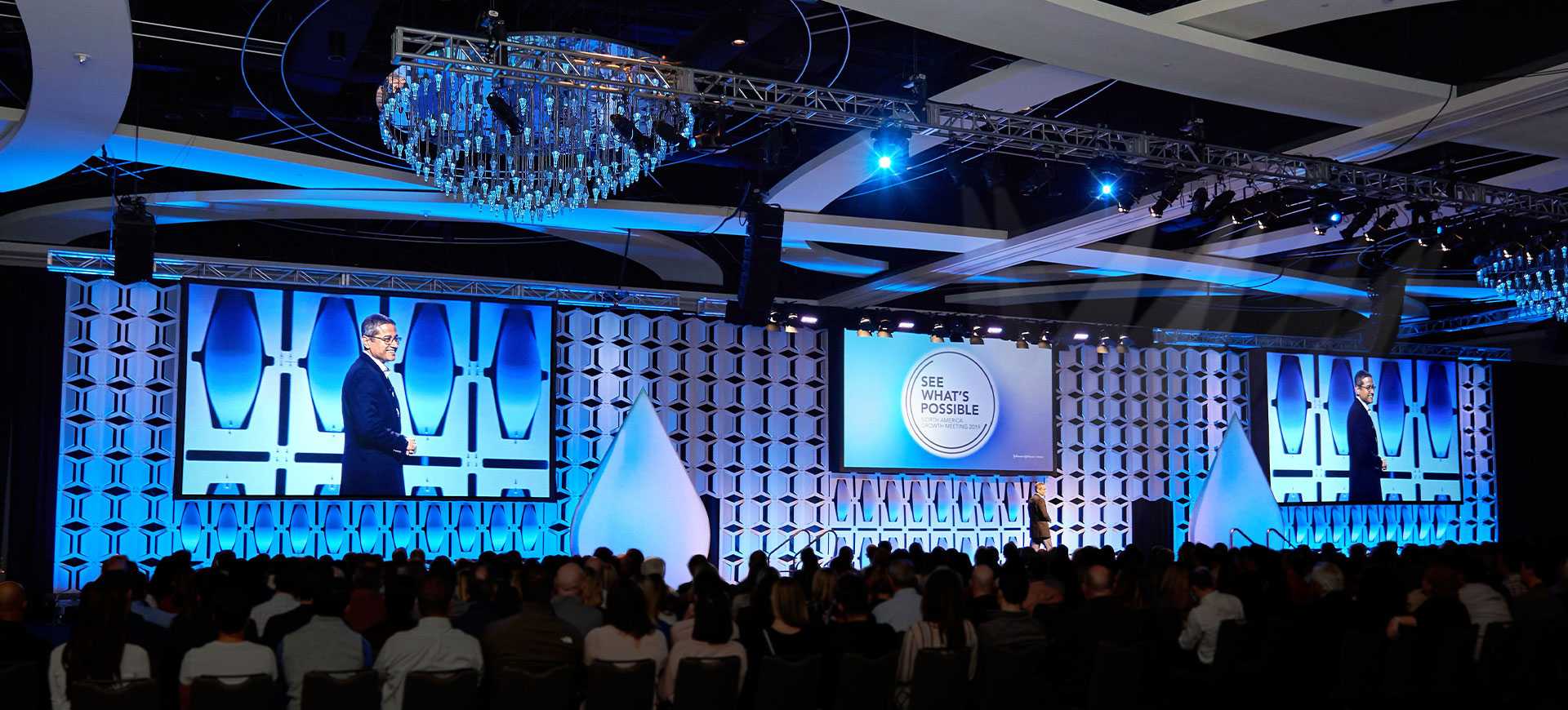Investigating the Advantages and Drawbacks of Fixed Framework and Portable Projection Screensets for Every Viewing Experience
Investigating the Advantages and Drawbacks of Fixed Framework and Portable Projection Screensets for Every Viewing Experience
Blog Article
When it pertains to experiencing movies, presentations, or video games, the type of projecting screen used can greatly influence the viewing encounter. Two common options are stationary displays and portable projecting screens. Both type has its own collection of advantages and drawbacks that can influence which option is best for a particular situation. Comprehending these differences can assist individuals and entities make knowledgeable choices about their viewing arrangements.
Stationary projection displays are designed to be permanently installed in a specific location. One of the main benefits of stationary screens is their ability to provide a smooth, flat area for displaying pictures. This evenness guarantees that the image clarity is crisp and distinct, which is especially important for high-definition content. Additionally, fixed frame screens often come with a black frame that improves differentiation and causes the displayed image stand out more. This type of screen is ideal for home theaters or specific presentation rooms where the setup will not change frequently.
On the other hand, portable projection screens offer flexibility and convenience. These screens can be easily assembled and taken down, making them perfect for events that require mobility, such as meetings, classrooms, or outdoor movie nights. Portable screens come in various sizes and styles, including tripod and foldable options, allowing individuals to select an option that meets their requirements. The capability to move these displays makes them a popular choice for people who need to present in various places or for those who do not have a permanent area for a fixed screen.
However, there are some drawbacks to each kinds of displays. Stationary displays can be more costly and require professional installation, which may not be feasible for everyone. Additionally, after mounted, they cannot be relocated with ease, limiting their use to one location. On the flip side, mobile displays may not provide the same level of image quality as stationary displays. They can occasionally have creases or folds that affect the projection, especially if they are not configured correctly. This can be a worry for those who value picture quality over convenience.
An additional factor to consider is the space accessible for the display. Stationary displays need a dedicated area with enough wall area and suitable illumination settings to enhance the watching encounter. This can be a limitation for those living in smaller houses or flats. Mobile screens, however, can be used in multiple settings, from spacious auditoriums to small sitting areas. This flexibility renders them a practical choice for numerous individuals, especially those who may not have a permanent configuration.
To sum up, each fixed frame and mobile projection displays have their distinct advantages and challenges. Fixed frame displays shine in providing superior pictures and a professional appearance, making them appropriate for specific viewing spaces. On the flip side, mobile screens offer versatility and convenience, making them ideal for on-the-go displays and occasions. By weighing the benefits and drawbacks of each kind, individuals and organizations can select the projecting screen that best meets their particular needs and like this improves their watching experience.